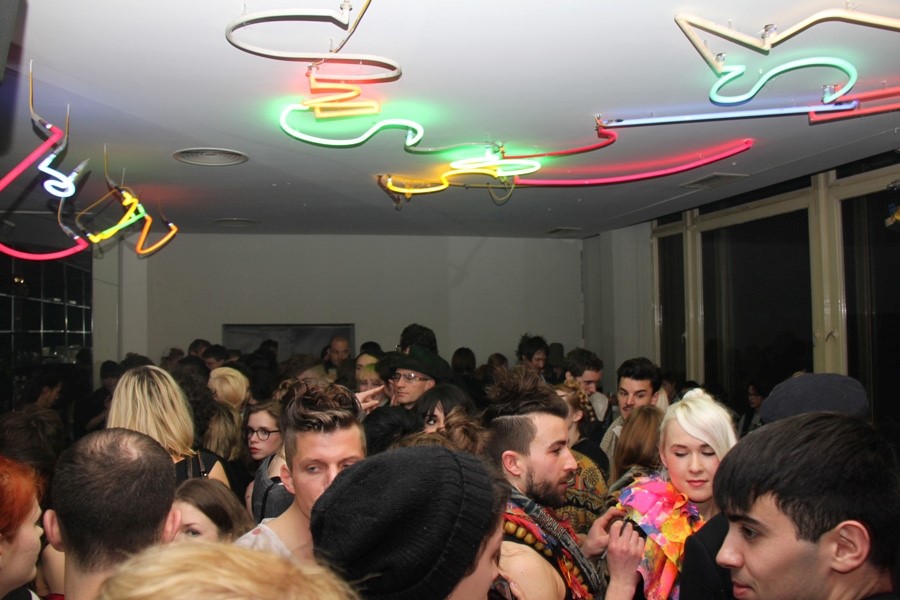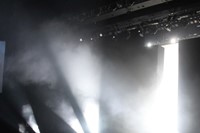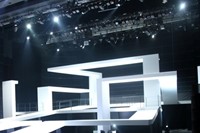For Fashion City, our contributors explore fashion week in cities beyond the fashion capitals

German style often invokes severe, streamlined militaristic chic. But this season the authority figure making German audiences squirm was a more prosaic figure of fear – the mother-in-law. German fiscal pragmatics evidently inspired local designers to create commercial looks aimed at an older conservative audience, and so the scene felt more like Frankfurt Fashion Week than Berlin. Hugo Boss led the pack, presenting a series of matronly looks that were closer to mid-Eighties Escada than to the icy-cool allure of the brand's DNA. In contrast, however, some younger designers and Joop! – the other big name at Berlin Fashion week – showed teenage party-wear that might raise eyebrows from the Boss ladies.
Patrick Mohr aimed to shock but just aroused snoozes by staging a show of transsexuals, body-builders and model couples wearing plain jeans and swatches of shiny fabric, clown wigs and full-faced make-up. Last season, Mohr used dazed-looking homeless men, women and children as models, insisting that he wanted to give them an opportunity to do something special. This season's models seemed to relish the experience of being dressed like DIY super-heroes, but the audience was unimpressed. "What will Mohr come up with next time?" mused Annika von Taube, the editor of Sleek magazine. "Conjoined twins? Freshly excavated mummies? Babies with amputated legs?"
In contrast, Don't Shoot the Messengers and Julia and Ben – two of the nine mini-shows off-site at the new Designer Scout's showcase in Alexanderplatz's .HBC gallery – joined Lala Berlin and Perret Schaad in showing chic, well-constructed and unquestionably cool clothes. But the week's two real stars were both named Michael: their contrasting collections and presentations offered glorious examples of Berlin at its best. Michael Sontag's artfully tailored, geometric and fluid collection of mature, sophisticated designs was ageless and elegant. On the opposite end of the spectrum, Michael Michalsky's showy offering was a timely, extravagant but special experience. His collection called Heinrich Zille’s Mein Milljöh – Version 2.0 was inspired by the eponymous caricaturist's turn-of-the-century cartoons of class struggle. He paired it up with an opulent party for almost 2,000 guests, featuring Eighties cult band Spandau Ballet. The result was pure Broadway. And a raucous, opulent event to optimistically kick off German fashion's next decade.
Ana Finel Honigman is a Berlin-based critic, curator, PhD candidate at Oxford University and lecturer at NYU. She writes regularly on contemporary art and fashion for Artforum.com, ashadedviewonfashion.com, Interview.com, the New YorkTimes, Style.com, V, British Vogue and many other publications



